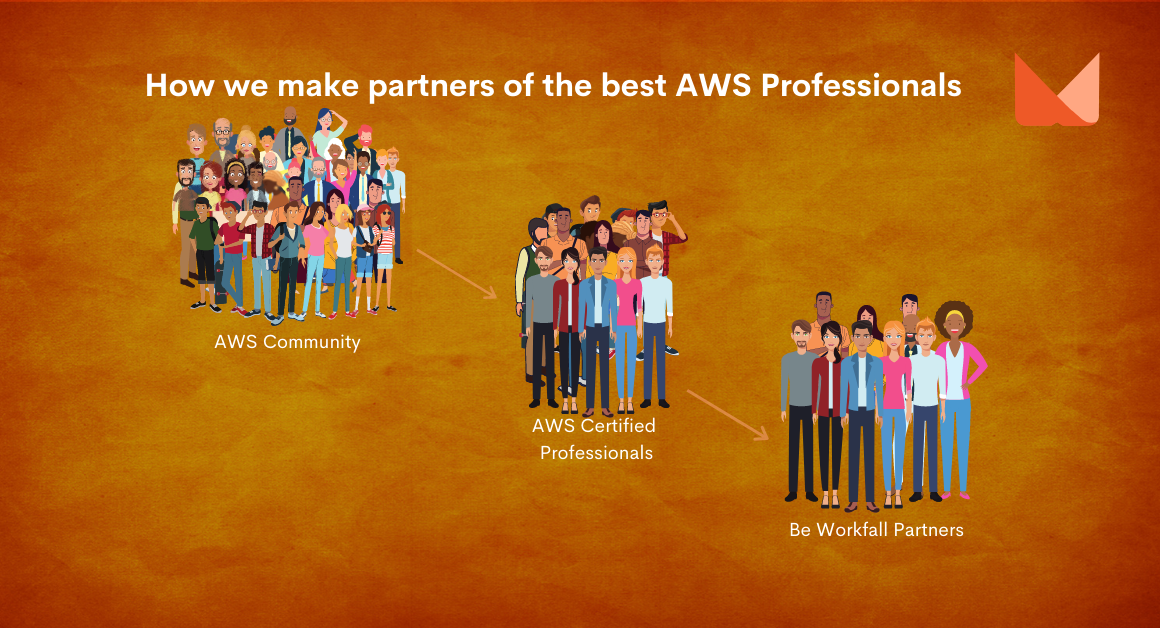Let us rephrase the question ‘When is/was the right time for cloud migration’?
The answer is 2 years ago, as much as it is today. The same will hold true 2 years later too. Why you wonder? Simply because cloud migration is a megatrend and is likely to remain so for the foreseeable future. What has changed now is that the economy has been disrupted by a global pandemic leading to a sense of urgency in embracing digital transformation.
According to IDG’s 2020 cloud computing survey report, companies will be dedicating up to 32% of their IT budgets to the cloud. 92% of the surveyed business leaders said their organization’s IT environment was at least ‘somewhat in the cloud’ today.
What was optional earlier is now a question of adapt or perish and enterprises, just like people who lead them, mean to flourish! That is why there is no better time than NOW for cloud migration. Below we give you 5 compelling reasons to go ahead if you have been tinkering with the idea.
Reduce Costs: Does not take a genius to crack that but in the uncertain business ecosystem, no enterprise wants to park its funds in capital expenditures (CapEx). There has been a shift to operating expenditure (OpEx) and cloud migration facilitates it. Cloud Migration translates into your service provider giving all the necessary infrastructure, security, and disaster recovery (more on it ahead) while you pay as you go. This means lesser investment at your end and the freedom to pay-as-you-go. It also means that you don’t have to worry about the unpredictability of the markets because you can hire experts on-demand as per your day-to-day needs rather than committing hefty annual salaries.
Respond Quickly: Let’s say you predicted a particular type of server, load, and traffic at the outset but as you moved forward, these factors changed, would you rather spend precious time and resources on readjusting (or in some cases replacing) the existing infrastructure or would you prefer to simply opt out of the existing module and choose latest technology that serves your business needs better? There is a reason the term ‘cloud agility’ has been popping up everywhere. Migrating to the cloud allows businesses to quickly develop, test and reassess their applications.
Rescale Real Time: Building on the above point, as opposed to the traditional IT set-up, if the load increases when you are on the cloud, your business performance doesn’t go down. This is a huge advantage as you do not lag behind but can show surprising resilience to meet the increase or decrease in demand, instantly.
Replicate (plan B): In traditional IT set-up if a server doesn’t respond, your end-user gets an error on the page. It may translate into the loss of business but more so a loss of reputation and no serious business can afford either. Migrating to the cloud mitigates this problem by offering a Failover plan or Plan B. By creating a replica of the application, it ensures that even if the server fails, the end-user experience is not disrupted.
Remove Distractions: We live in times when investing in IT infrastructure is not a choice but an imperative for any organization. That means diverting extra time, energy, and resources from your core competence to IT infrastructure and operations. That is one of the chief reasons why business innovators should consider opting for cloud migration. By outsourcing IT needs to big and trustworthy market players like AWS you conserve energy to focus on meeting business goals and let the subject expert take care of the distractions.
Conclusion
In this blog, we explored the benefits of Cloud Migration. While there are compelling reasons to migrate to Cloud, one size doesn’t fit all. To reap the cost-cutting benefits and access the latest cutting-edge tools that cloud migration offers, it is important for business leaders to have a clearly laid out digital transformation roadmap before starting the process. There are big players like AWS, Azure, and Google which offer tools to calculate the cost of cloud migration.
By taking time to figure out your IT requirements you can avoid overspending which is why you are migrating to the cloud in the first place. Most of these platforms provide top-notch developers on-demand which is you pay only for the hours of service. If you are looking to save time, breath, and attached cost in hiring in-house professionals — normally a 2–3-month long cycle — you could consider hiring pre-vetted, AWS-certified, kick-ass professionals from platforms like Workfall.
Like author/business coach, Josh Kaufmann says, “For everything we don’t like to do, there is someone out there who’s really good at, wants to do it and will enjoy it!”
Meanwhile …
Keep Exploring -> Keep Learning -> Keep Mastering
This blog is part of our effort towards building a knowledgeable and kick-ass tech community. At Workfall, we strive to provide the best tech and pay opportunities to AWS-certified talents. If you’re looking to work with global clients, build kick-ass products while making big bucks doing so, give it a shot at workfall.com/partner today.


